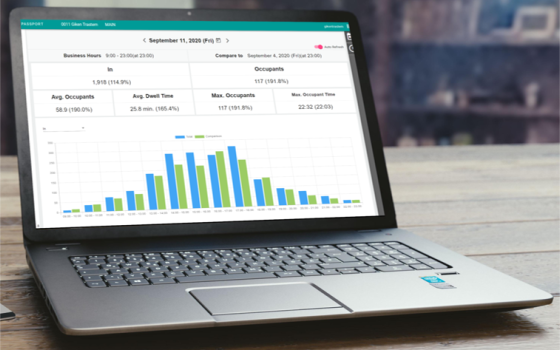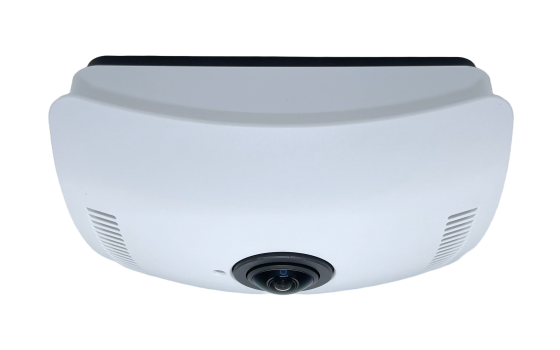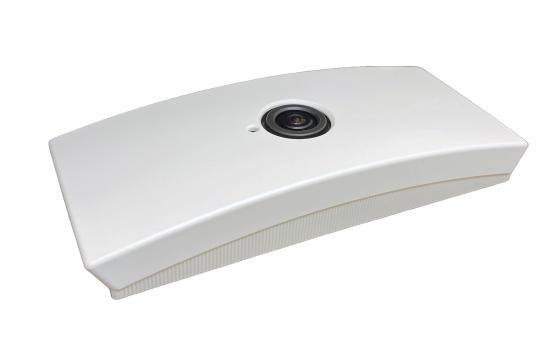CASE STUDY
Boost Your Retail Sales by Understanding Conversion Rates
What is a Conversion Rate in Retail Store?

It is calculated by dividing the number of purchases by the number of visitors and multiplying by 100 to get a percentage.
For example, if 1,000 people visit your store and 100 make a purchase, your Conversion Rate is 10%.
A highly accurate visitor counting solution is essential for accurate Conversion Rate calculations.
Why Conversion Rates matter
Understanding your Conversion Rate is important for several reasons:
- Performance evaluation
- Identify underlying problems
- Measure success
- Revenue growth
How to Calculate Conversion Rates

The formula is
Conversion Rate = (number of purchases/number of visitors)×100
For example, if your store had 5,000 visitors in a month and 500 of them made a purchase, your Conversion Rate would be 10%.
Conversion Rate = (500/5000)×100 = 10%
Analyzing Conversion Rates
Once you have calculated your Conversion Rate, the next step is to analyze it. Here are a few key areas to focus on:
- Trend analysis:
- Benchmarking:
- Segment analysis
Strategies for Improving Conversion Rates
Improving your Conversion Rate requires a multi-pronged approach.
- Store layout
- Staff Training
Train your staff to provide excellent customer service.
Helpful and knowledgeable staff can have a significant impact on purchase decisions.
- In-Store Technology
Use technology such as digital kiosks and interactive displays to engage customers and provide additional product information.
Optimize product selection and display
- Inventory management
Track inventory levels to ensure popular items are always in stock.
- Merchandising(MD)
Enhance marketing and promotions.
- Targeted promotions
- Loyalty programs
Offer incentives such as discounts or exclusive access to new products.
- Advertising
Make sure your ads highlight key selling points and promotions.
Leverage Data and Analytics
Customer Insights
Use data analytics to gain insight into customer behavior. Understand which products are most popular, when your store is busiest, and which marketing channels are most effective.
Improve the checkout process
-
Streamline checkout
Make sure your checkout process is fast and efficient. Long wait times can deter customers from making a purchase.
- Multiple payment options
Offer multiple payment options to accommodate different customer preferences.
Implement customer feedback mechanisms
-
Surveys and feedback forms
Use surveys and feedback forms to gather customer opinions about their shopping experience. Use that feedback to make improvements.
- Social media
Monitor social media for customer feedback and engage with your audience. Promptly address any concerns or issues.
The Bottom Line
By leveraging data, optimizing store layout and staffing, improving the customer experience, and implementing effective marketing strategies, you can significantly increase your Conversion Rates.
Start by calculating your current Conversion Rate, analyze the data, and implement the strategies discussed in this article to see measurable improvements in your retail performance.
CASE STUDY
Contact us today to learn how our advanced people counting solutions can transform your business.


